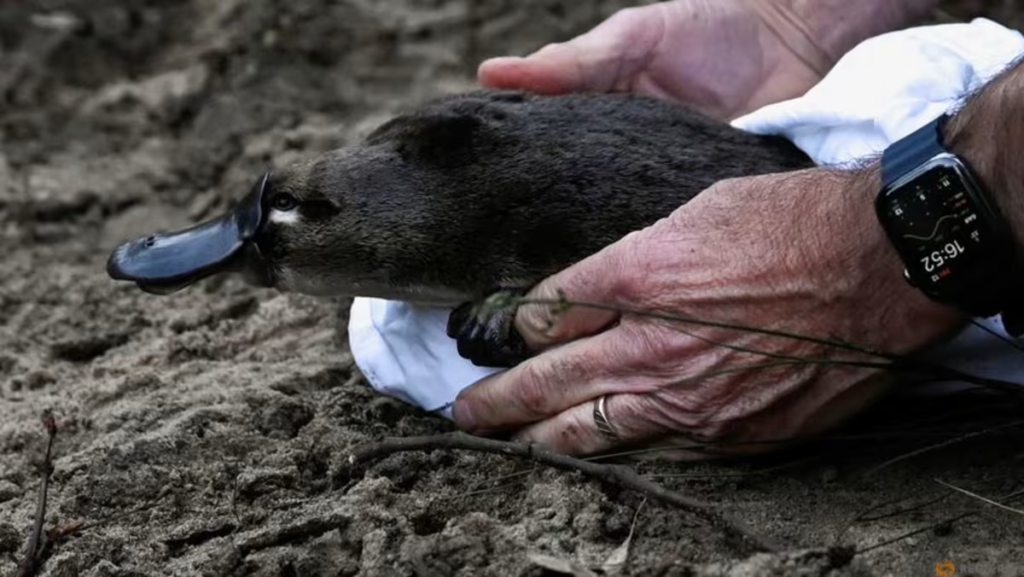Introduction
A new scientific study is shedding light on one of Australia’s most curious creatures—the echidna. Known for its spiky exterior and resemblance to a hedgehog or anteater, the echidna is actually a monotreme, one of only two egg-laying mammals in existence (the other being the platypus). This blog dives into the latest research findings and uncovers seven fascinating facts about echidna evolution that may surprise even wildlife enthusiasts.
1. Echidnas Are Older Than Dinosaurs’ Extinction
Fossil evidence suggests monotremes—echidnas’ ancient relatives—date back more than 100 million years, meaning these creatures survived the mass extinction that wiped out the dinosaurs.
2. Echidnas Likely Evolved From Platypus-Like Ancestors
According to the recent study, echidnas may have evolved from a platypus-like ancestor that once roamed aquatic environments. Over time, they adapted to life on land, diverging in both habitat and anatomy.
3. A Fossil Found in South Australia Provided New Clues
The breakthrough came from a newly discovered echidna fossil in South Australia, estimated to be around 25 million years old. This specimen filled in critical gaps in the echidna’s evolutionary timeline.
4. Echidnas Adapted to Arid Climates
Researchers believe echidnas developed their terrestrial traits in response to Australia’s changing climate. As the continent became drier, echidnas adapted by becoming efficient burrowers and insect foragers.
5. Their Beaks Serve as Electrosensory Organs
Much like the platypus, echidnas use their beaks to detect electrical signals in their prey—an ancient trait hinting at their aquatic past. This rare biological feature links them to some of Earth’s earliest mammalian species.
6. Echidnas Lay Eggs in a Pouch
Unlike placental mammals, echidnas lay a single leathery egg and store it in a pouch until it hatches. This reproductive method has been virtually unchanged for millions of years.
7. Echidnas Are a Living Evolutionary Puzzle
The study concludes that echidnas are “evolutionary mosaics,” combining ancient features with unique adaptations. They offer a rare glimpse into the bridge between reptiles and modern mammals.
Conclusion
With their peculiar anatomy and deep evolutionary roots, echidnas continue to fascinate scientists and nature lovers alike. The latest research not only enhances our understanding of this strange monotreme but also helps piece together Australia’s ancient wildlife history. For more on how evolution shaped the continent’s unique fauna, read our deep dive into Australia’s evolutionary timeline.
Ready to explore more animal oddities? Subscribe to our newsletter or check out our latest articles on prehistoric creatures and evolutionary biology!
